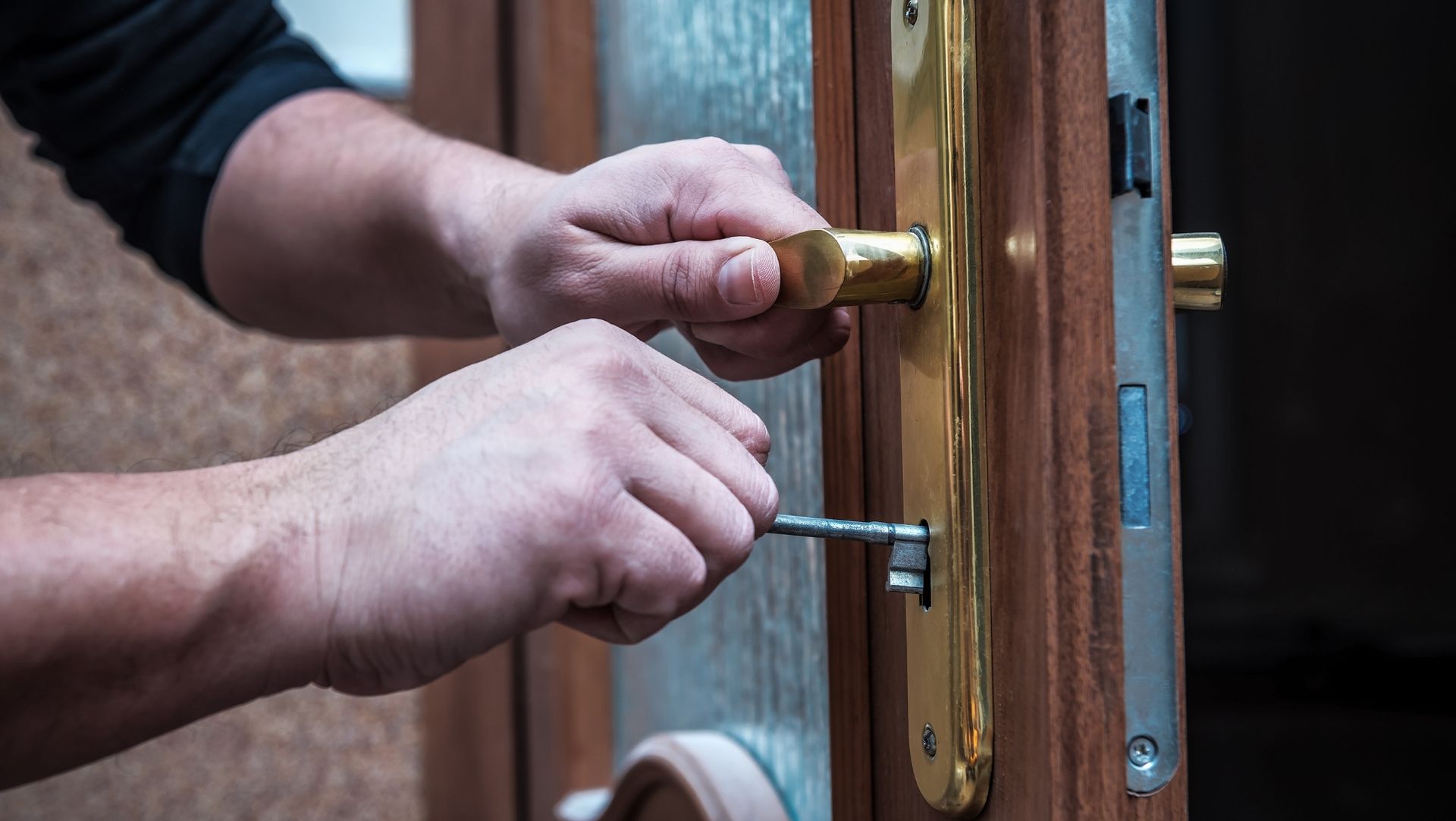Dive Deeper With These Reads:
Landlord's Guide to Handling Abandoned Property Efficiently
Demystifying Property Management Fees in Redding, CA: What Every Property Owner Needs to Know

What California Landlords Should Know About the New Lock-Change Law for Victims of Abuse
Alright, California landlords, buckle up! January 1, 2025, is right around the corner, and with it comes Senate Bill 1051, a new law that means more responsibility for you when it comes to protecting tenants who’ve been victims of abuse or violence. Don’t worry, though—We're here to break it down in plain English, with a sprinkle of humor and a dash of practicality. Let’s dive into what this new law means, why it’s important, and how it impacts landlords in Redding, Anderson, Shasta Lake, and beyond.
For those who want the full scoop straight from the source, you can check out the Senate Bill No. 1051 text here.
If you’ve been a landlord for a while, you probably know that California already has some rules on the books about lock changes for tenants dealing with abuse. But SB 1051 tightens up those rules and adds a few new ones that might surprise you. Here’s what you need to know.
Landlords Now Cover the Cost of Lock Changes
First up, the money question. SB 1051 makes it crystal clear: landlords are now on the hook for the cost of changing the locks when a tenant facing abuse requests it. No more passing the buck or hiding behind vague lease terms. Got a written request from the tenant? Then it’s time to get those locks changed—on your dime.
This change isn’t just about convenience; it’s about peace of mind. The law wants to ensure tenants can feel safe in their homes without jumping through hoops or waiting around for days.
Protection Now Extends to Immediate Family Members
Now, it’s not just the primary tenant who can request a lock change—this protection extends to immediate family and other household members too. So, if a tenant’s spouse, child, or even a close family member is the one affected by abuse, the landlord is obligated to step in and make sure the home is secure.
This change acknowledges that abuse doesn’t happen in isolation—it impacts everyone in the household. The goal is to make sure all occupants feel safe under the same roof.
Expanded Documentation Options
In the past, landlords could ask for pretty specific documentation to verify a lock-change request. But let’s be honest—sometimes gathering that paperwork can be a barrier for tenants in tough situations. SB 1051 simplifies things by expanding what’s considered “acceptable documentation.” Here’s the lowdown:
By broadening these options, the law makes it easier for tenants to get the support they need without a mountain of paperwork. For landlords, this means fewer delays in responding to valid requests.
The law doesn’t stop at locks—it’s also shaking things up on the tenant screening front. Under SB 1051, landlords can’t hold a tenant’s history of abuse against them when they apply for a rental. The aim here is to give victims a fair shot at finding safe housing, without past trauma affecting their chances.
Here’s what you can’t do under the new rules:
The law is saying, “Hey, don’t punish people for the bad stuff that happened to them.” In other words, tenants deserve a clean slate when looking for a new home.
And if you’re tempted to overlook these new screening rules, here’s a heads-up: there are penalties for landlords who don’t follow them. Tenants can sue for:
So, how does all this play out for landlords in our neck of the woods? Here’s the deal. These new rules mean a little extra prep and maybe a few adjustments to how you manage tenant requests. But in the grand scheme of things, SB 1051 gives landlords a chance to show that they care about their tenants’ safety and well-being.
In the end, California’s SB 1051 is all about making rental housing safer and more supportive for those who need it most. By outlining clear rules around lock changes, expanding protections to family members, and safeguarding victims of abuse from discrimination, this law aims to make a real difference for tenants across the state. For landlords in Redding, Anderson, and Shasta Lake, these updates bring new responsibilities, but also an opportunity to step up for tenant safety. And who doesn’t want to be the landlord known for running a supportive, well-managed property?
If you’d like more nitty-gritty details about SB 1051, feel free to explore the bill here.
By keeping these changes in mind, you’ll be better prepared to handle tenant requests and make your rental property a safe haven for everyone involved. After all, a little extra effort today means fewer headaches tomorrow—and that’s something any landlord can get behind.
Share this post with a friend!
Disclaimer: The content on this blog is for informational purposes only and is not intended as legal or advice. Consult with a qualified professional for specific advice.

Anderson, Bella Vista, Cottonwood, Happy Valley, Igo, Keswick, Lake California, Millville, Mountain Gate, Oak Run, Ono, Palo Cedro, Redding, Shasta County, Old Shasta, Shasta Lake,
Authority Property Management Inc. in Redding, CA is a licensed Property Management Company and Rental Agency. We offer comprehensive real property management services in Shasta County and surrounding areas. Our expertise includes managing rental properties, single-family homes, apartments, and commercial properties.
Contact Us Today For Expert Property Management Services In Redding, CA!
2025 Authority Property Management Inc., Redding, CA. All Rights Reserved.